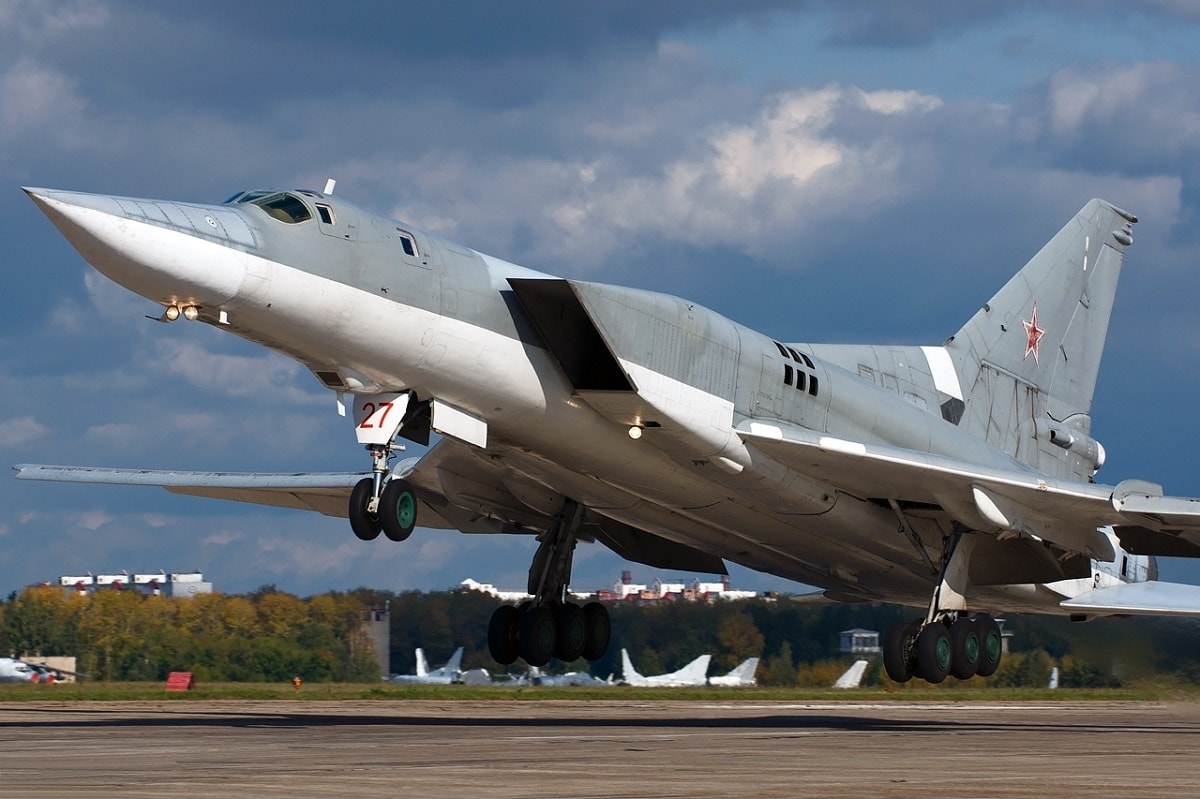Editor’s Note: Check out our extensive coverage of the war in Ukraine here as well as NATO’s response here: Meet the Tu-22M3 – Russia’s Tu-22M, also known by its NATO moniker “Backfire,” has thankfully yet to see the long-range strategic use it was at least in part initially designed to fulfill. That said, it has seen use against most of Russia’s post-independence opponents in conflict (including Ukraine) and remains an important element of Russia’s long-range aviation.
With a crew of four airmen, the Backfire is capable of carrying a 24,000 kg weapons payload. In particular, the Tu-22M is reportedly designed to carry the FAB-250 and FAB-1500 dumb bombs or Kh-15 nuclear or anti-radar missiles, as well as the Kh-22 long-range naval strike missile. Propelled by two Kuznetsov NK-25 engines, the Backfire can fly at a maximum speed of more than Mach 2 in its newest configuration, the Tu-22M3. This configuration is also capable of firing Russia’s new Kh-47M2 hypersonic missile, which can carry a nuclear warhead. Russia claims that the Tu-22M3 has an operational range of nearly 7,000 kilometers, which helps to enable its naval strike role but could be too small to allow it to take an active part in intercontinental nuclear strikes on the United States.
Developed as a modification of the original Tu-22 bomber, the Backfire is designed to take part in intercontinental nuclear strike, naval strike, and conventional ground strike missions. The inaugural Tu-22 first entered development as early as 1954, and series production of the aircraft began in 1959. Development of the Tu-22M began shortly after the original Tu-22’s development was completed and continued despite the fact that the leadership of the Soviet Union and the United States were engaged in negotiations to produce the SALT II strategic arms control agreement. Modernization of the aircraft that would produce the Tu-22M3 continued throughout the 1980s, and the aircraft officially entered service in the Soviet Air Force in 1989.
Backfires have already been used to significant effect in Russia’s 2022 invasion of Ukraine. The role of Tu-22Ms in Russia’s air war over Ukraine is particularly ironic since Ukraine had inherited a large number of Tu-22s and Tu-22Ms, but had destroyed its stock of them in accordance with the Nunn–Lugar Cooperative Threat Reduction agreement. Russian Backfires have been prominently employed to bomb Ukraine’s rail networks, and the aircraft has been observed striking Ukrainian positions in the besieged city of Mariupol, including at the city’s Azovstal steel works.
Russia’s Tu-22M3 has been a valuable tool of Russian national security policy abroad in the past. Three Backfires were dispatched to Khmeimim airbase in Syria in 2021 alongside other Russian bomber aircraft such as the Tu-95MS and the Tu-160. The placement of three Tu-22M3s allowed Russia to patrol the eastern Mediterranean in support of Russian interests in the region, as well as to threaten the interests of the United States and other adversaries of Russia around the eastern Mediterranean.
RECOMMENDED: Why the F-35 Was Not Featured in Top Gun: Maverick
RECOMMENDED: Why the F-35 Would Have Made Top Gun 2 Boring
RECOMMENDED: Could an F-14 Really Kill a Russian Stealth Fighter?
Russian Tu-22Ms also played an important role in Russian airstrikes in support of the Bashar al-Assad regime in Syria, particularly after the downing of Metrojet Flight 9268 by ISIS militants in Egypt’s Sinai Peninsula in 2015. In this scenario, Russian backfires flew sorties against targets in Syria from Russia, flying over the Caspian Sea, Iran, and Iraq to access Syria. Russian Tu-22M3s were also previously used against rebels in Chechnya and in the 2008 Russo-Georgian War, which saw the first and only instance of a Backfire being shot down in combat.

Tu-22M3M fighter-bomber. Image Credit: Creative Commons.
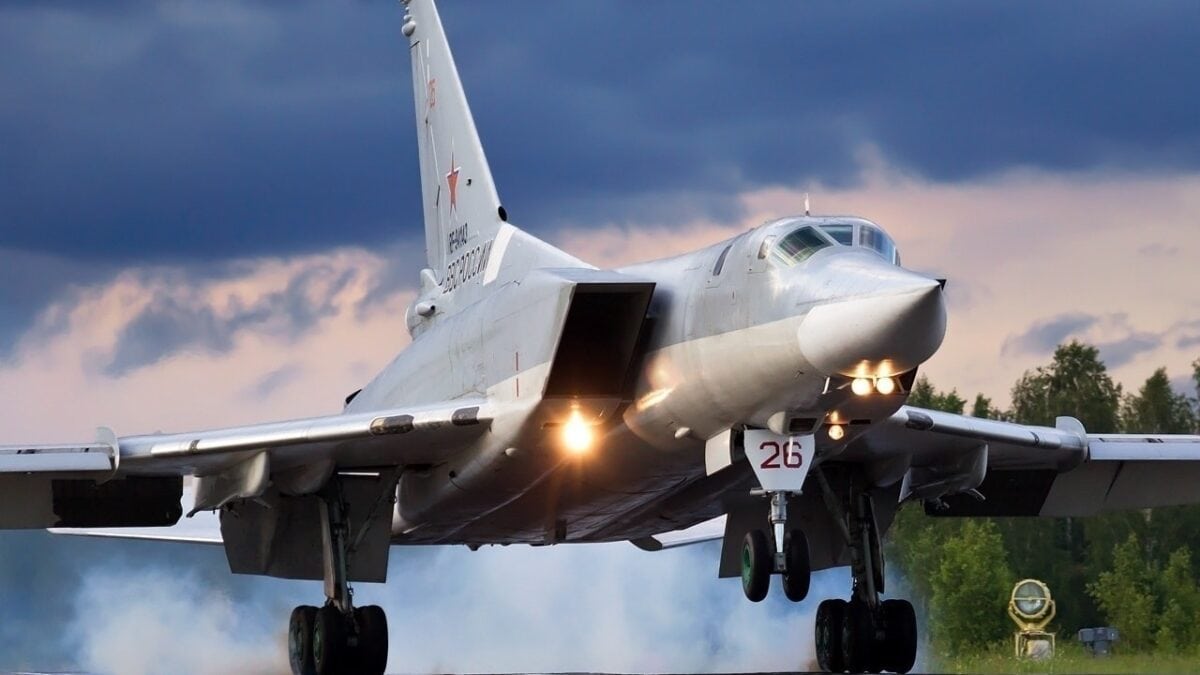
Tu-22M3M from the Russian Air Force.
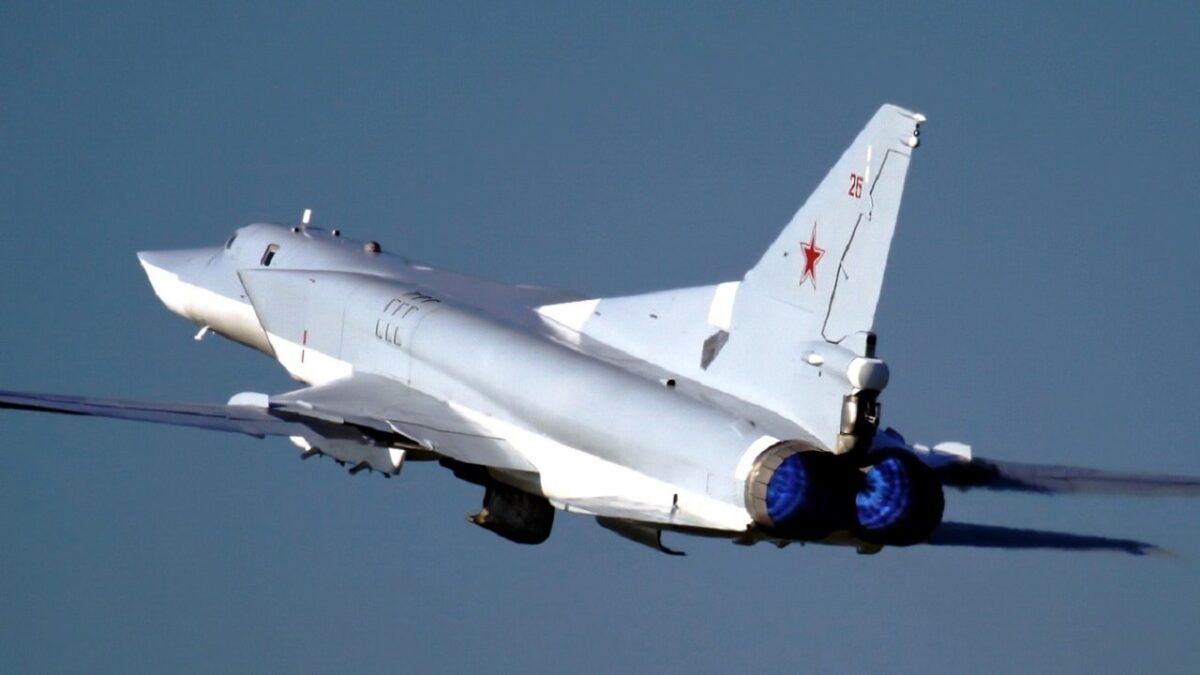
Russian Air Force Tu-22M2M fighter-bomber.

Russian Air Force Tu-22M3M. Image Credit: Creative Commons.
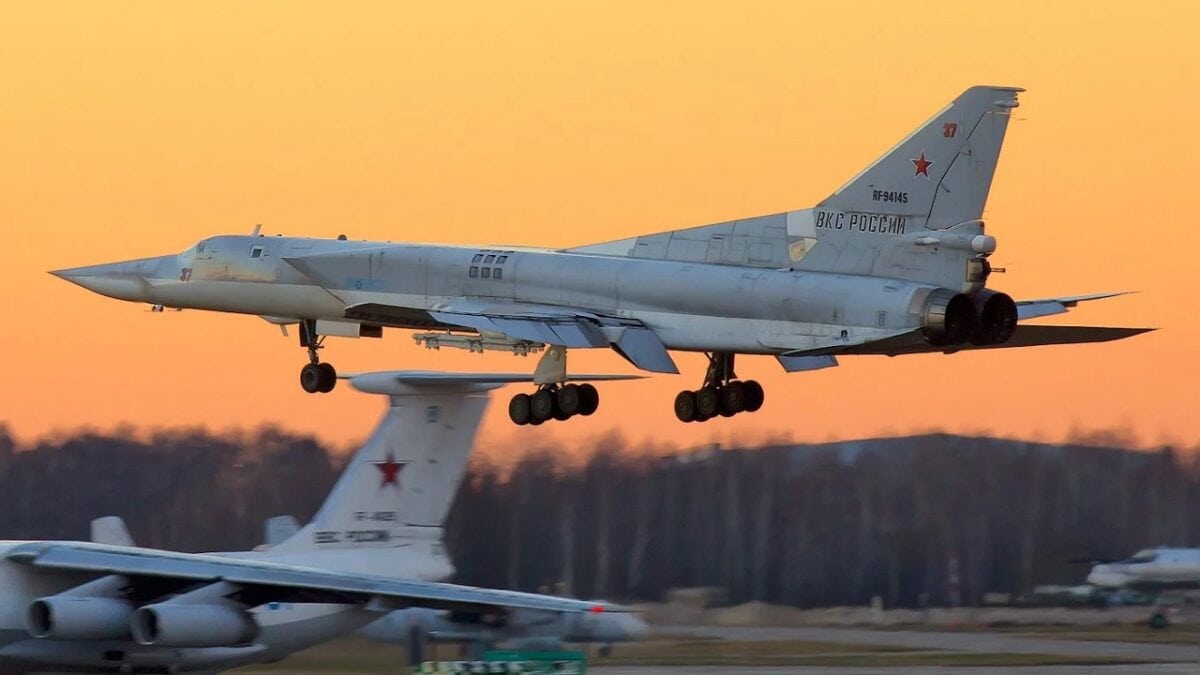
TU-22M3M Bomber. Image from Russian Military.
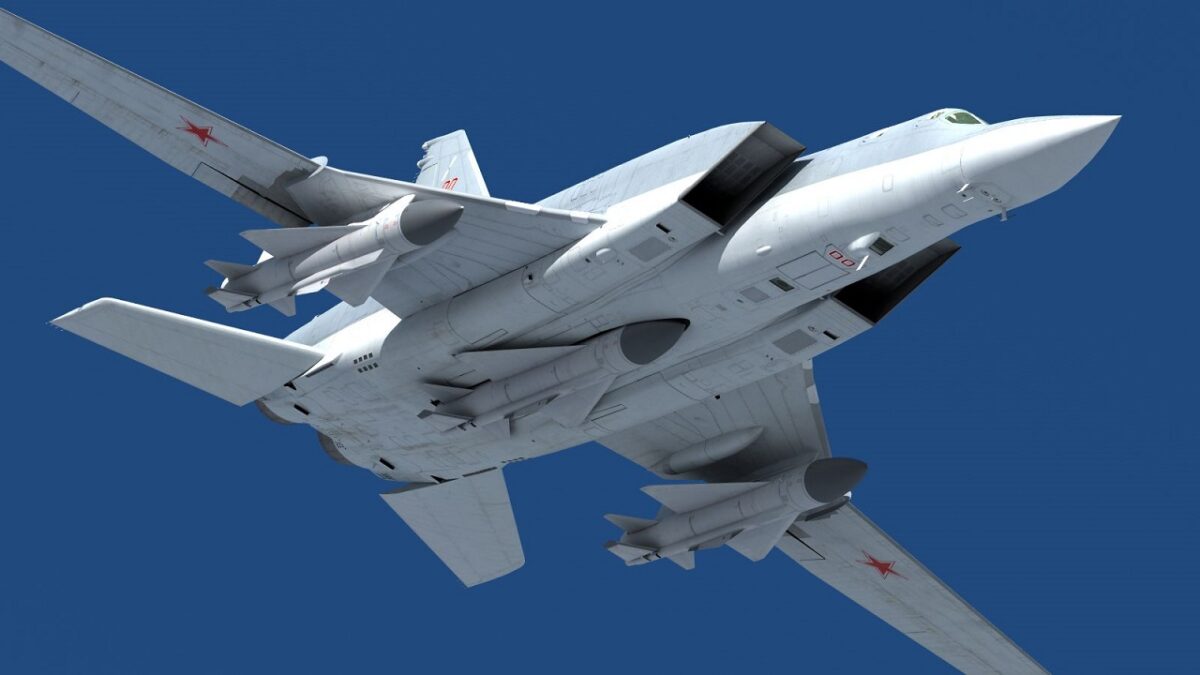
Russian Tu-22M3M fighter-bomber. Image Credit: Creative Commons.
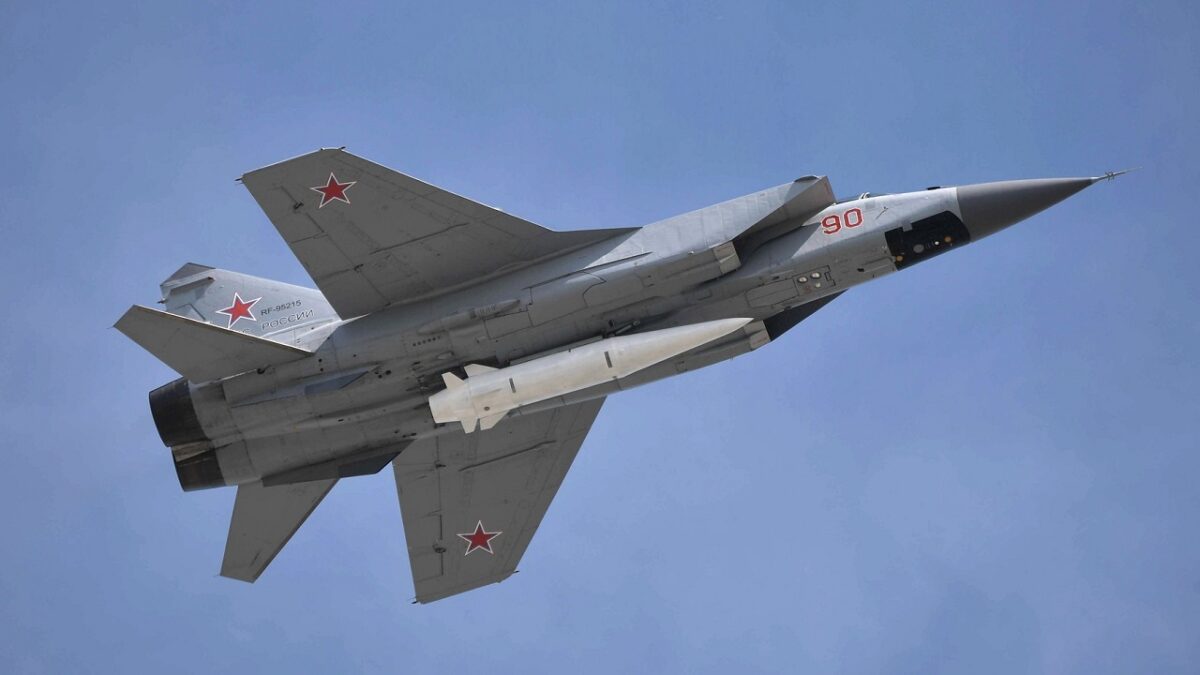
Kinzhal missile aboard a Tu-22M3 bomber.
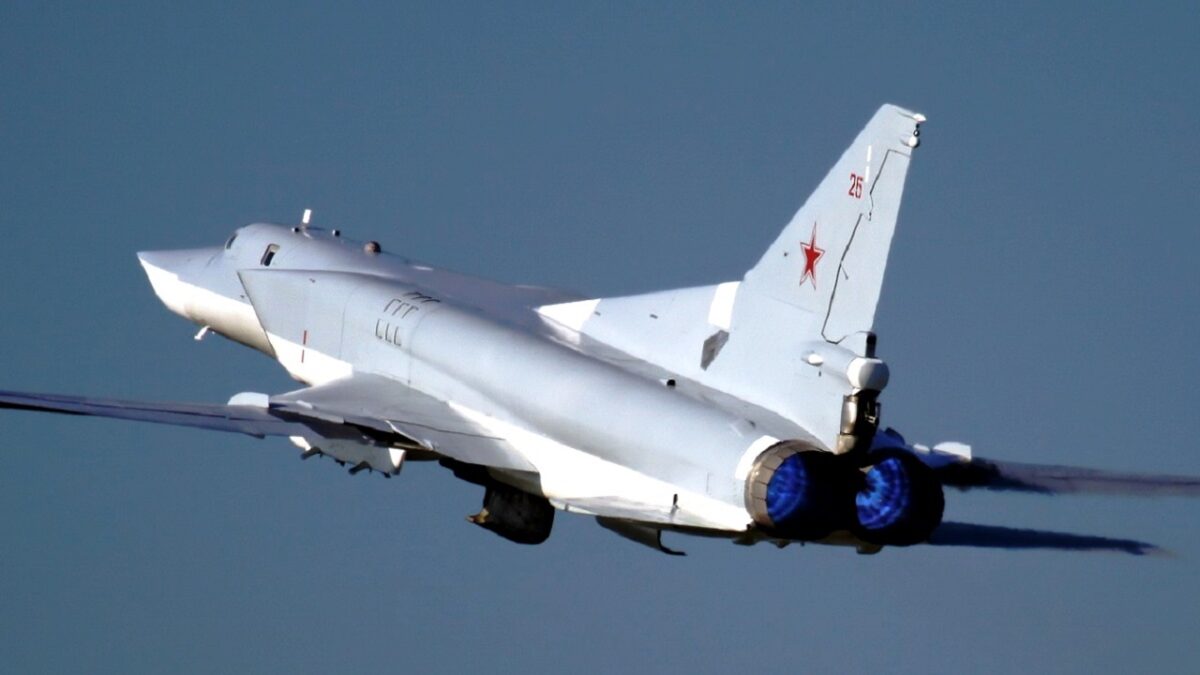
Tupolev Tu-22M Strategic Bomber Aircraft 4
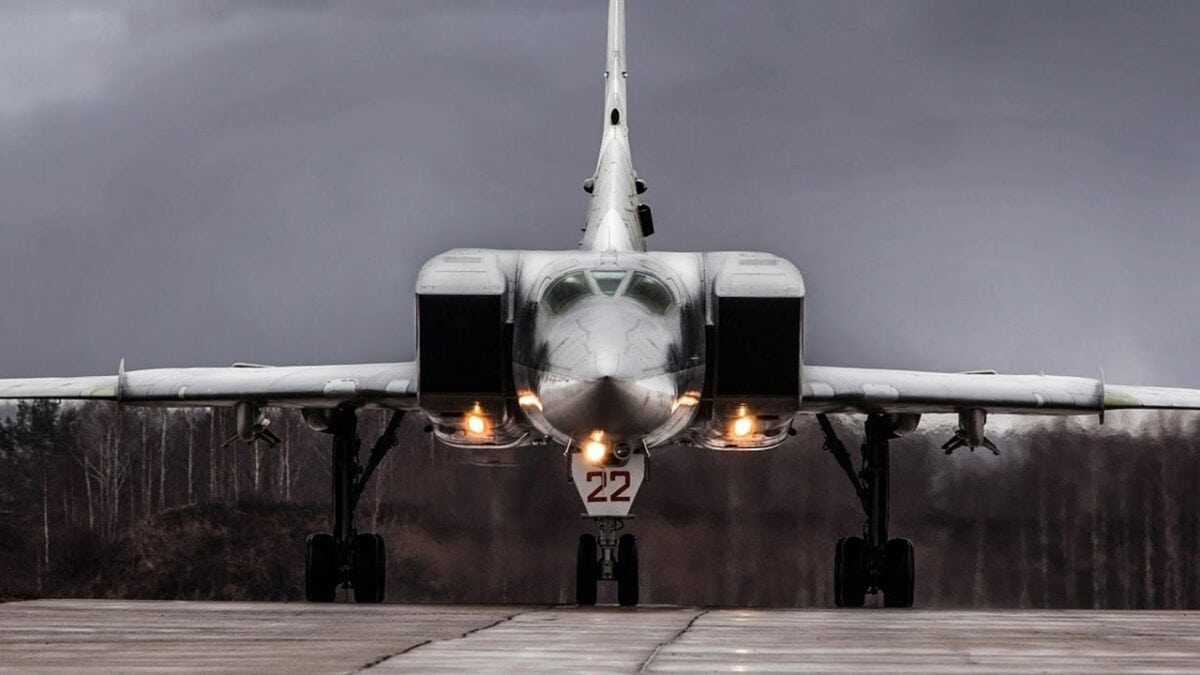
Russia’s Tu-22M3 bomber. Image Credit: Creative Commons.
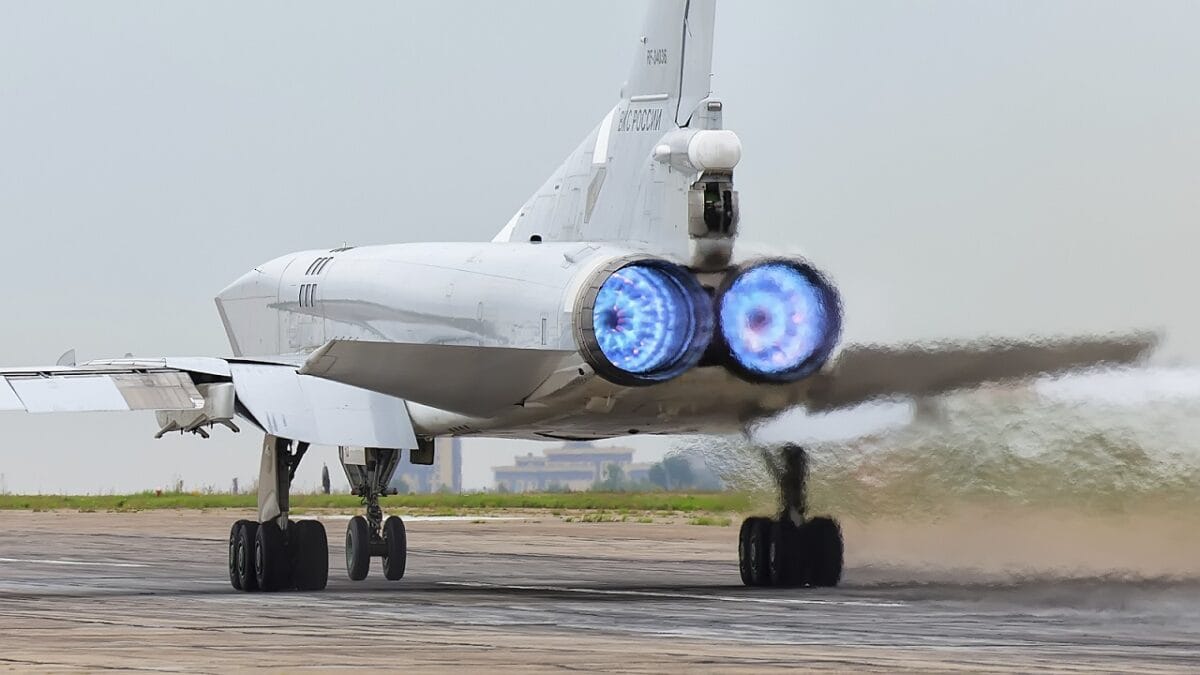
Russia’s Tu-22M3 Bomber. Image Credit: Creative Commons.
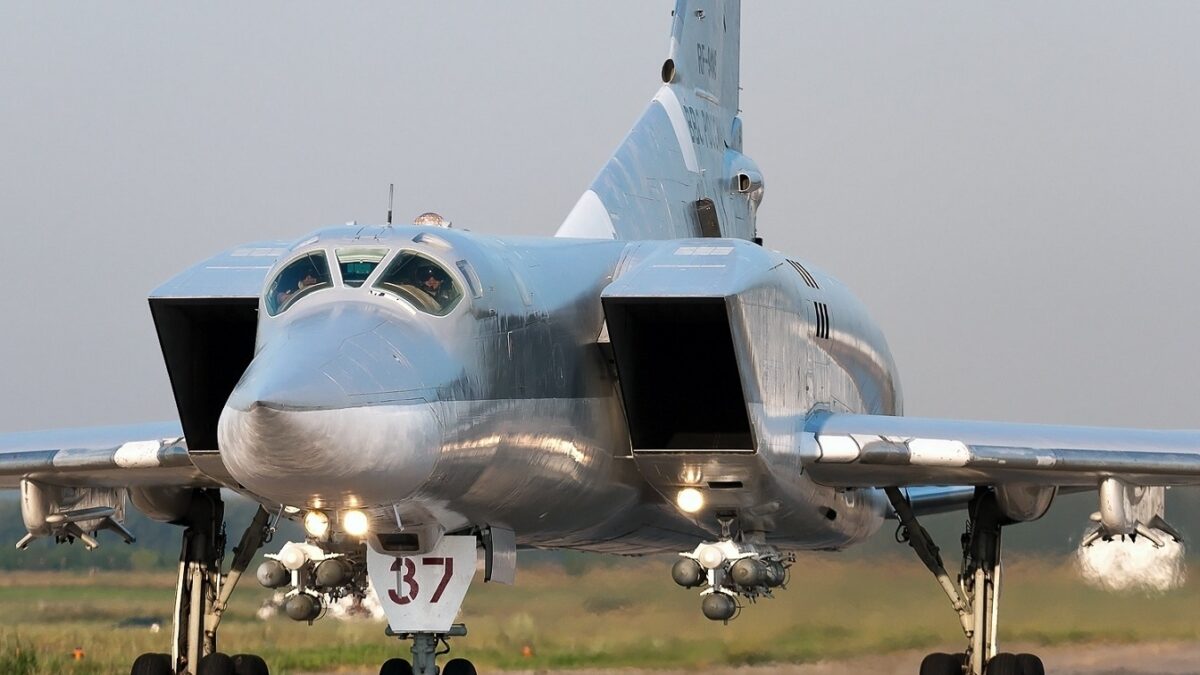
Russian Tu-22M3 Bomber. Image Credit: Creative Commons.

Tu-22M3 aircraft from Russia. Image Credit: Creative Commons.

Tu-22M3M Russian Aircraft. Image Credit: Creative Commons.

Tupolev Tu-22M3 taking off at Ryazan Dyagilevo.
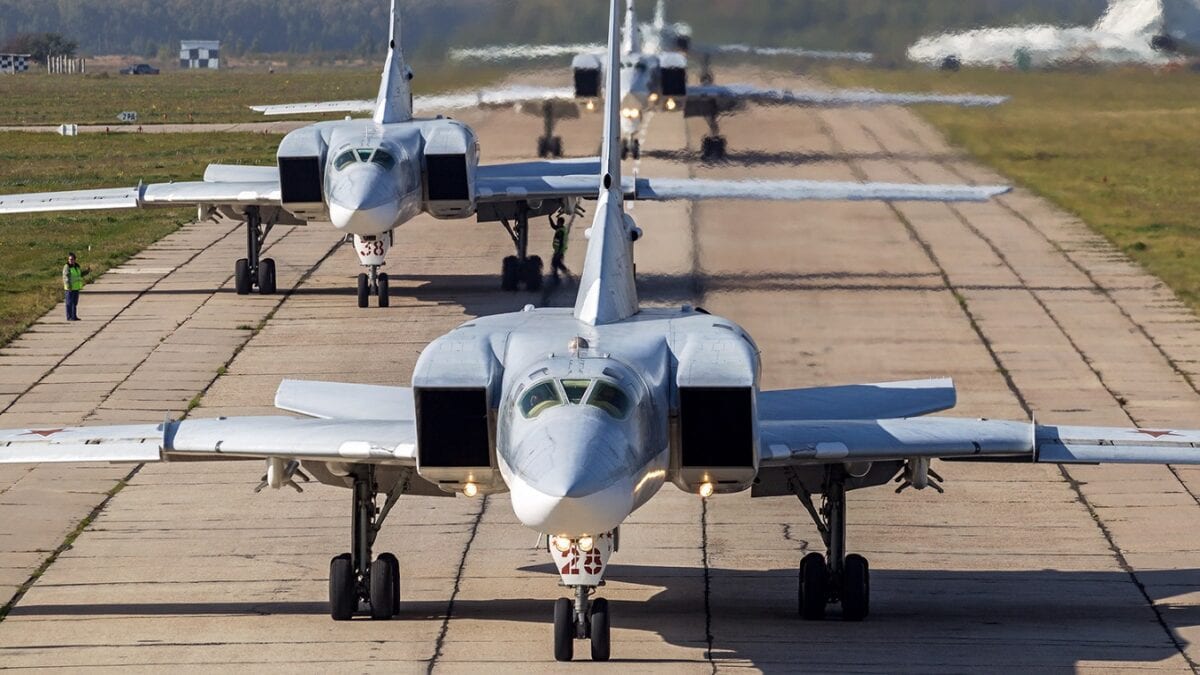
Russian Tu-22M3 Planes. Image Credit: Creative Commons.
While Russia’s Tu-22M3 is an old aircraft based on an even older design, it is by no means at the end of its service life. The Backfire will likely see active service in Russia’s wars for years or even decades to come.
Wesley Culp is a Research Fellow at the Center for the Study of the Presidency and Congress. He regularly writes on Russian and Eurasian leadership and national security topics and has been published in The Hill and the Diplomatic Courier. He can be found on Twitter @WesleyJCulp.

